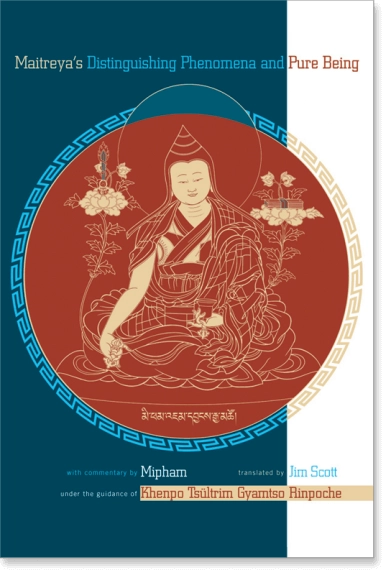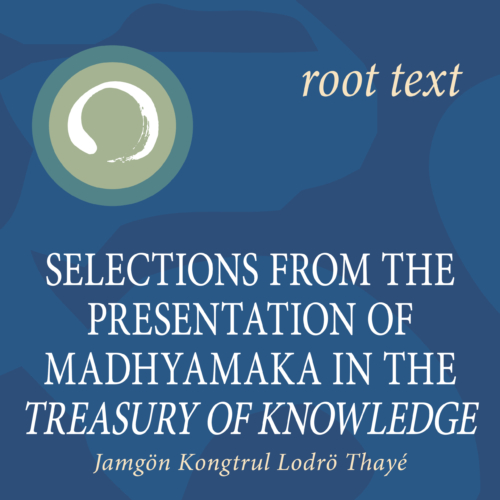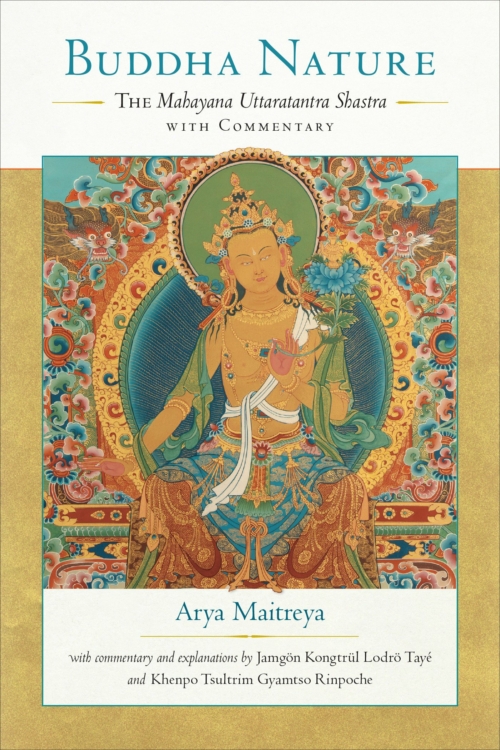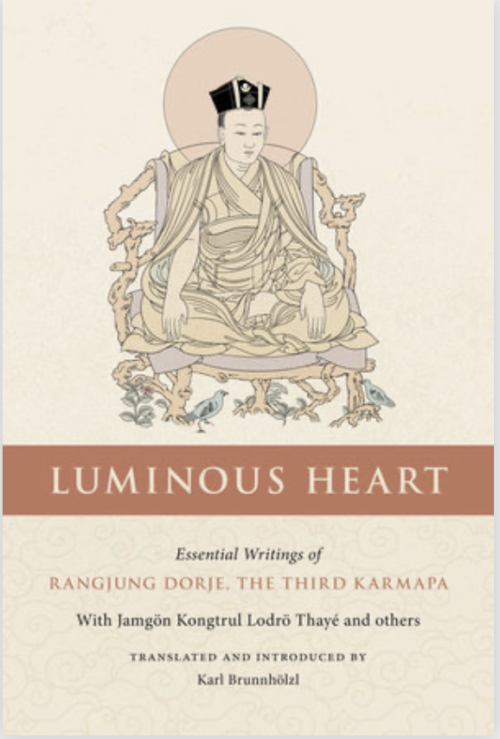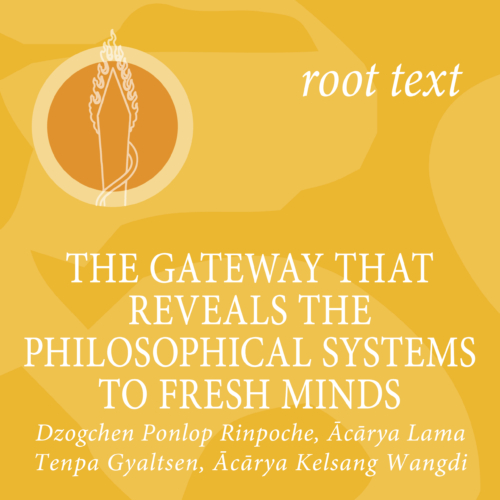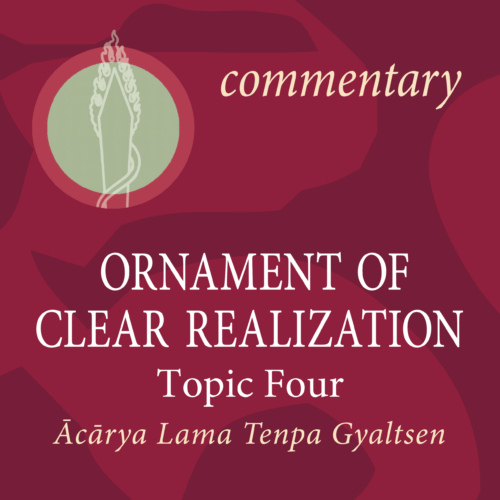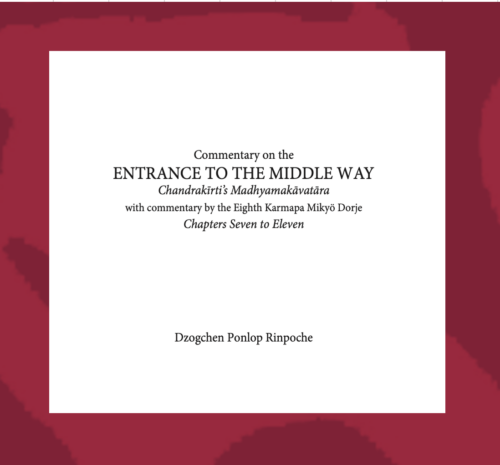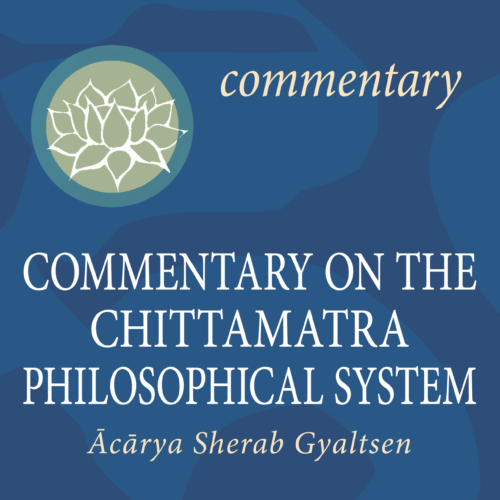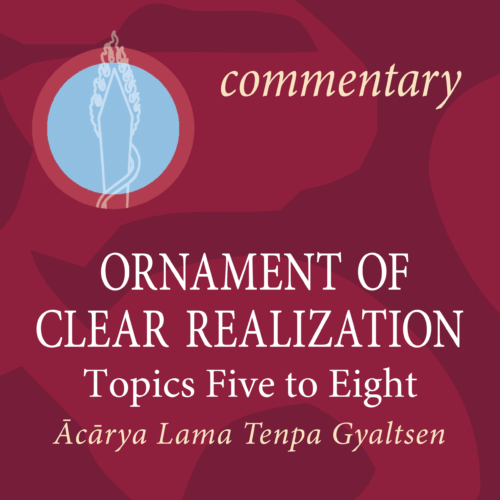- The hardcopy book is shipped from the US.
International customers may wish to explore local booksellers, Shambala Publications, or Amazon to save on shipping cost.
Author: Dzogchen Ponlop Rinpoche
In the Nyingma School of Tibetan Buddhism, the Great Perfection is considered the most profound and direct path to enlightenment. The instructions of this tradition present a spiritual shortcut--a radically direct approach that cuts through confusion and lays bare the mind's true nature of luminous purity. For centuries, these teachings have been taught and practiced in secret by some of the greatest adepts of the Buddhist tradition.
Great Perfection: Outer and Inner Preliminaries contains detailed instructions on the foundational practices of this tradition, from "The Excellent Chariot," a practice manual compiled by the Third Dzogchen Rinpoche.
Distilling the teachings of the
Heart Essence of the Dakinis into an accessible, easy-to-practice format,
The Excellent Chariotleads the reader through the entire Buddhist path, starting with basic Buddhist contemplations that work to dislodge deeply ingrained patterns of thinking and behaving, and continuing on to the most advanced and secret meditative practices of the Great Perfection. The teachings in this volume are drawn largely from the writings of the great Nyingma master Longchenpa and the root texts of the
Heart Essence of the Dakinis itself. The Third Dzogchen Rinpoche begins by discussing the correct way to study and practice the Great Perfection teachings before presenting an overview of the Great Perfection lineage and an explanation on the meaning and importance of empowerment. In the chapters that follow, he presents practical instructions on the outer and inner preliminaries, the so-called "ng ndro" practices. These practices enable the practitioner to transform and purify the mind, preparing it for the advanced Great Perfection meditation of Trekch and T gal, the breakthrough and direct leap.
In addition to the translation mentioned above,
Great Perfection: Outer and Inner Preliminaries contains a beautiful introduction by the Dzogchen Ponlop Rinpoche, a contemporary Great Perfection master, and an extensive glossary of key Great Perfection terminology.
The Heart Essence Series presents translations of seminal writings on the Great Perfection. Beginning with the works of the
Heart Essence of the Dakinis and the
Heart Essence of Vimalamitra, two cycles that lie at the core of the Great Perfection lineage, the series aims to provide scholars, teachers, and practitioners of these profound teachings with accurate and readable translations of the most important Great Perfection texts.
Great Perfection: Separation and Breakthrough, a companion volume of restricted teachings, is also available, containing advanced teachings on the separation or rushen practices and the breakthrough stage of Great Perfection meditation.
The Third Dzogchen Rinpoche (1759-1792) was the abbot of Dzogchen Monastery, one of the largest monastic centers in eastern Tibet. He was known particularly for his mastery of the Great Perfection teachings and his clear and accessible works on this topic.
